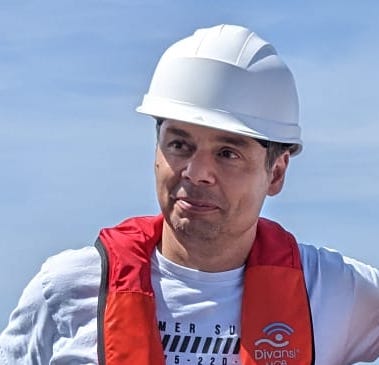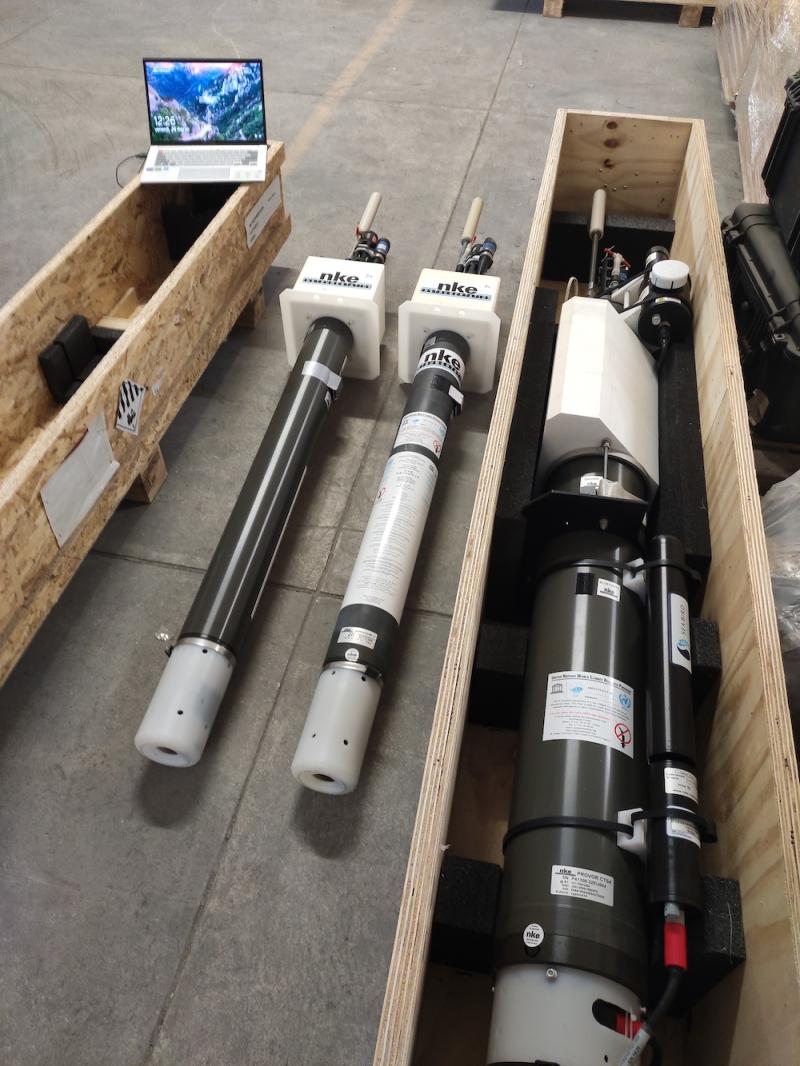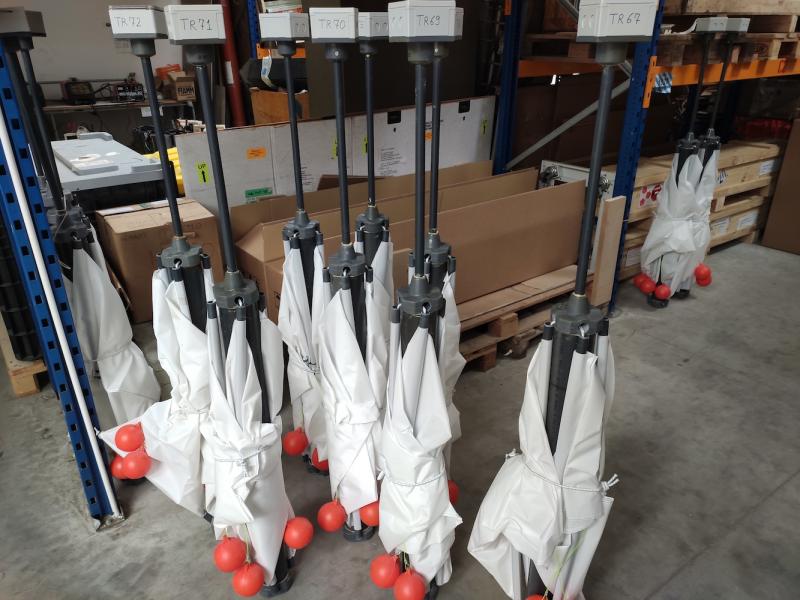Surface dinghies and floats
During the BioSWOT-Med cruise, Massimo Pacciaroni will be in charge of deploying dinghies and floats. He describes the differences between the two and the physical processes they can study.

Massimo Pacciaroni.
OCEANOGRAPHERS' INSTRUMENTS - Massimo Pacciaroni works at the French National Institute of Oceanography and Applied Geophysics (OGS). As part of the BioSWOT-Med cruise, he is part of the WP Physical processes, and is responsible for deploying dinghies and floats.
What are your research interests outside BioSWOT-Med?
My research focuses on the measurement of water properties using floats and drifters, with a particular interest in float programming and data analysis.
As part of the BioSWOT-Med campaign, you will be responsible for deploying dinghies and floats. What is the difference between floats and dinghies? How do they work and what sensors do they carry?
The floats measure temperature, salinity and dissolved oxygen in the water column from a depth of 2000 m to the surface.
An inflatable external bladder allows the float to rise and fall. Once at the surface, the Iridium transmission starts up to transmit all the data.
The floats are equipped with a CTD and, depending on the model, an oxygen probe, a radiometer, a fluorometer and a spectrophotometer (nitrates in our case).
Drifting buoys allow you to observe the speed of the water near the surface and, depending on the type of buoy (the design can vary), a few other parameters are recorded.
What physical processes can be studied?
The speed and mixing of seawater, heat content and exchange, fronts and tides. In general, there are a large number of processes that can be observed using floats and drifters.
More information
Arvor and Provor floats
Dinghies CODE






